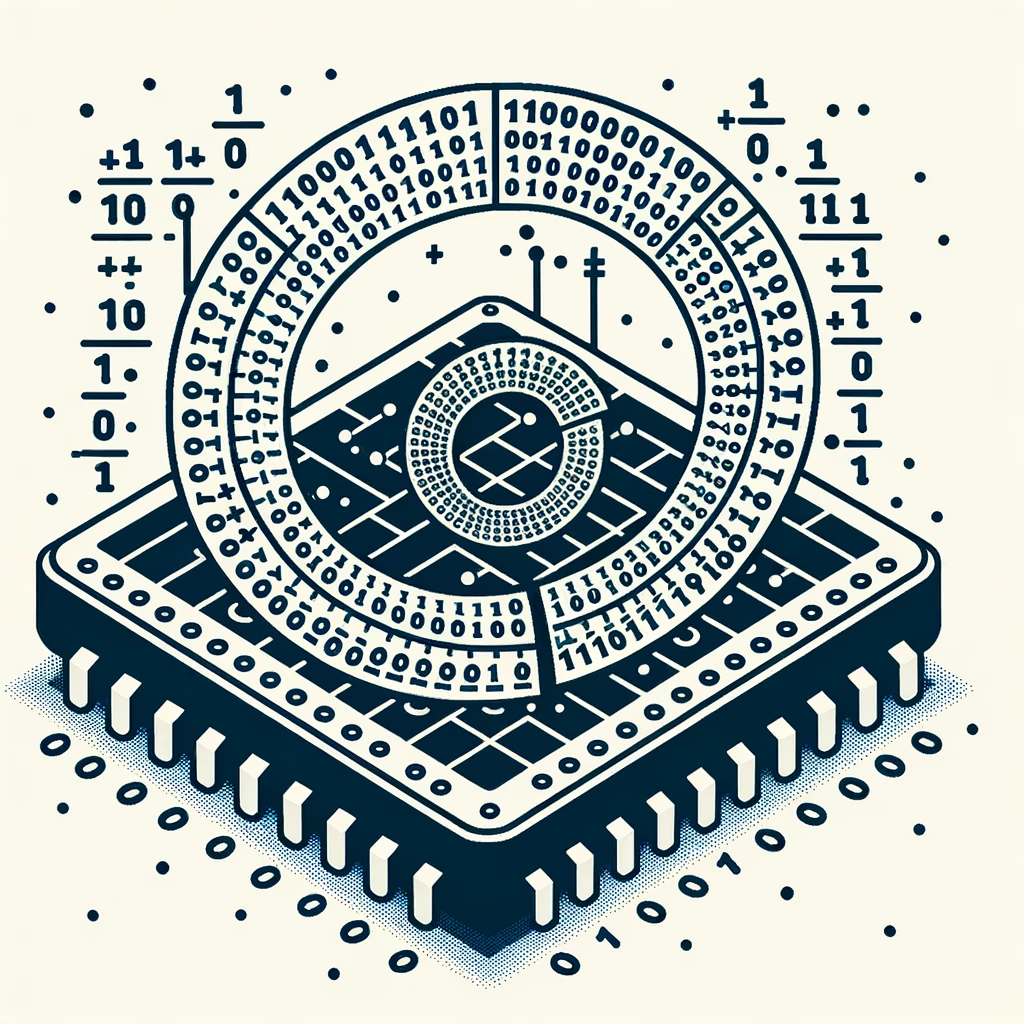Why Logarithmic Functions?
 Kaan Berke UGURLAR
Kaan Berke UGURLAR
Let's start by answering What is a Logarithm?
Imagine you're baking cookies and the recipe calls for 8 chocolate chips. You want to know how many times you'll need to double a single chocolate chip to end up with 8 chips total.
You start with 1 chip. Double it, you get 2 chips. Double again, now 4 chips. Double one more time and voila - 8 chips!
You had to double your original 1 chip 3 times to reach the desired 8 chips. In logarithm terms, we would write:
log2(8) = 3
This says the logarithm base 2 of 8 is 3 since doubling the base 2 times over 3 iterations yields 8.
Logarithms reverse the operation of exponentiation, revealing how many duplications of the base were required to produce a given number. It transforms multiplication into addition steps - a core property powering many of its computational advantages.
Logarithms are integral to deep learning, providing numerical stability and interpretability:
They scale the wide range of values in neural networks into a controlled range, avoiding computational instability.
Logarithmic loss functions like cross-entropy loss measure probability differences between predictions and truth.
Logarithms convert multiplication into addition, ensuring smooth optimization landscapes for efficient model training.
They simplify complex high-dimensional spaces, enabling tractable computations.
Overall, logarithms play a pivotal role in deep learning. Their capacity to stabilize numbers, measure probabilities, and linearize exponential relationships provides the numerical stability and interpretability needed to make deep neural networks work. Logarithms are a fundamentally enabling force in the inner workings of deep learning.
Convert Multiplication into Addition
When multiplying many small numbers, the product can become so tiny that computers round it to zero, called underflow. Logarithms prevent this issue.
Instead of multiplying the small numbers directly, you take their logarithms and add those. For example, log(0.1 0.2 0.3) = log(0.1) + log(0.2) + log(0.3) = -2.3.
Working with the logarithmic sums retains numeric precision without underflow compared to multiplying the original tiny values directly. Logarithms transform difficult tiny multiplications into more stable additions of larger logarithmic numbers.
Measure of Information
In information theory, the amount of information is quantified in bits. The logarithm base 2 (log2) function determines the number of bits needed to represent some information. For example, with 8 possible values, you need log2(8) = 3 bits to encode all possibilities.
The log2 transform maps the number of choices to the minimum bits required, connecting information content to its binary representation. Logarithms align information amounts with binary computing, making them a natural fit for measuring information in the context of digital systems.
Numerical Stability
When working with extremely small numbers, calculations can become numerically unstable and result in underflow or overflow errors. Taking the logarithm of tiny values transforms them into more reasonably sized numbers, avoiding these numerical issues.
For example, very small probabilities like 10^-12 can underflow to zero when multiplied. But with logs, log(10^-12) = -12 is in a safer range. Logarithms rescale diminutive values into larger magnitudes, enhancing numerical stability for small numbers. This logarithmic transformation is an important technique for preventing underflow/overflow problems during computations with tiny quantities.
Exponential Relationships
Exponential relationships are ubiquitous in the natural world and real-world data. However, exponential functions can be difficult to analyze and model directly.
Logarithms provide a clever way to linearize exponential trends. Taking the logarithm of an exponential function turns it into a linear function. This transforms the exponential relationship into a simpler linear one, enabling easier interpretation, modeling, and computation.
For example, exponential decay curves become linear when log-transformed. Logarithms thus allow complex exponential systems to be studied through basic linear techniques, unlocking simpler modeling and insights into exponential phenomena. The linearizing effect makes logarithms invaluable when working with exponential data.
Alternatives
Though logarithms have distinctive advantages, other functions or techniques can be useful alternatives in certain situations:
Square roots or other roots - These can help transform data in some cases, though lack all the logarithmic properties.
Linear scaling - Linearly scaling data is a simple way to prevent large numbers, but doesn't offer the same benefits.
Box-Cox transformation - This family of power transforms helps normalize data and stabilize variance. Logarithms are a special case of Box-Cox, but other power options exist.
While these methods have niche uses, they tend to serve specific purposes and lack the general utility of logarithms. But in particular contexts, they can provide workable alternatives when logarithms are not ideal or required. However, logarithms remain the most versatile, widely applicable transform for the reasons described earlier.
Subscribe to my newsletter
Read articles from Kaan Berke UGURLAR directly inside your inbox. Subscribe to the newsletter, and don't miss out.
Written by
